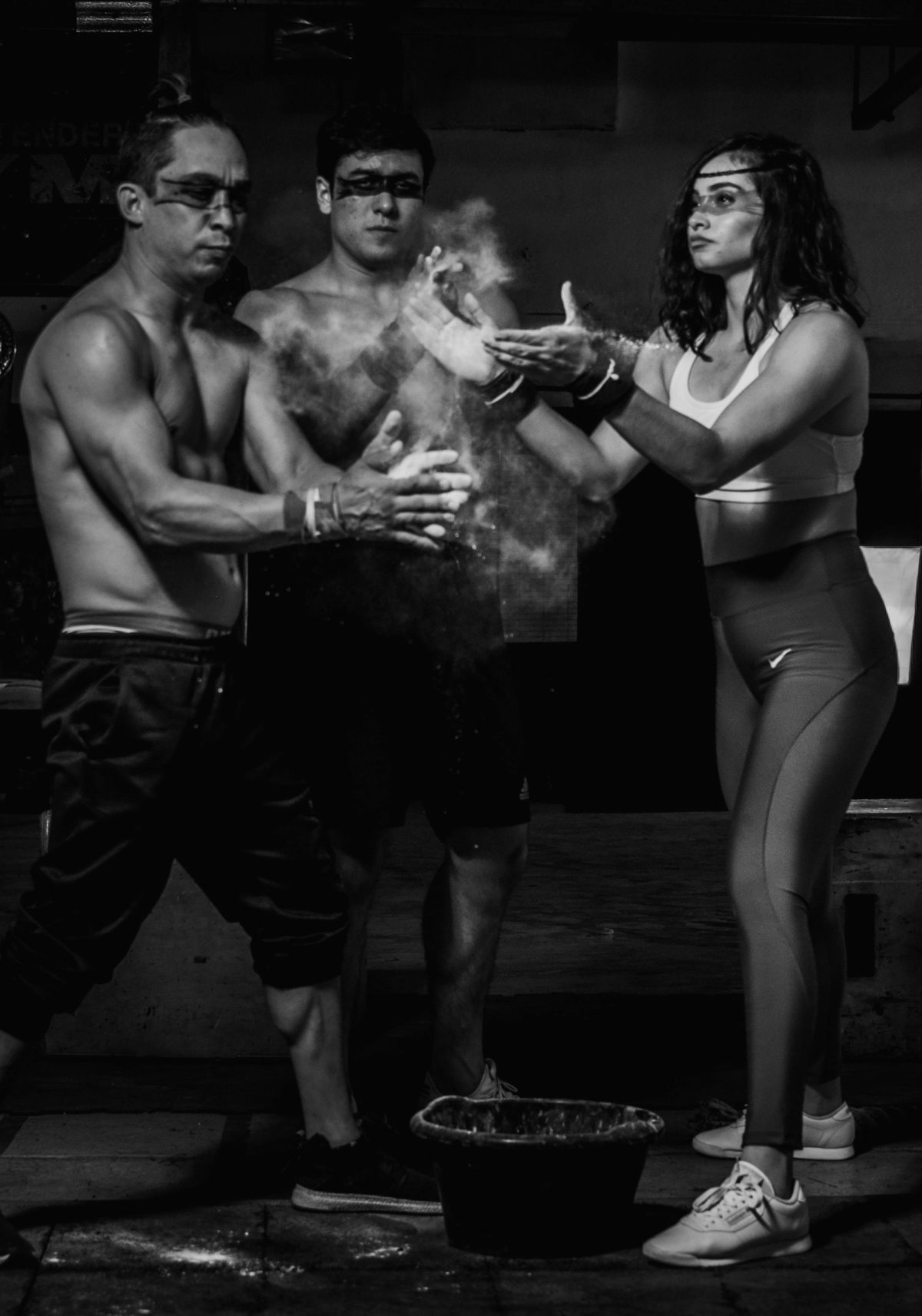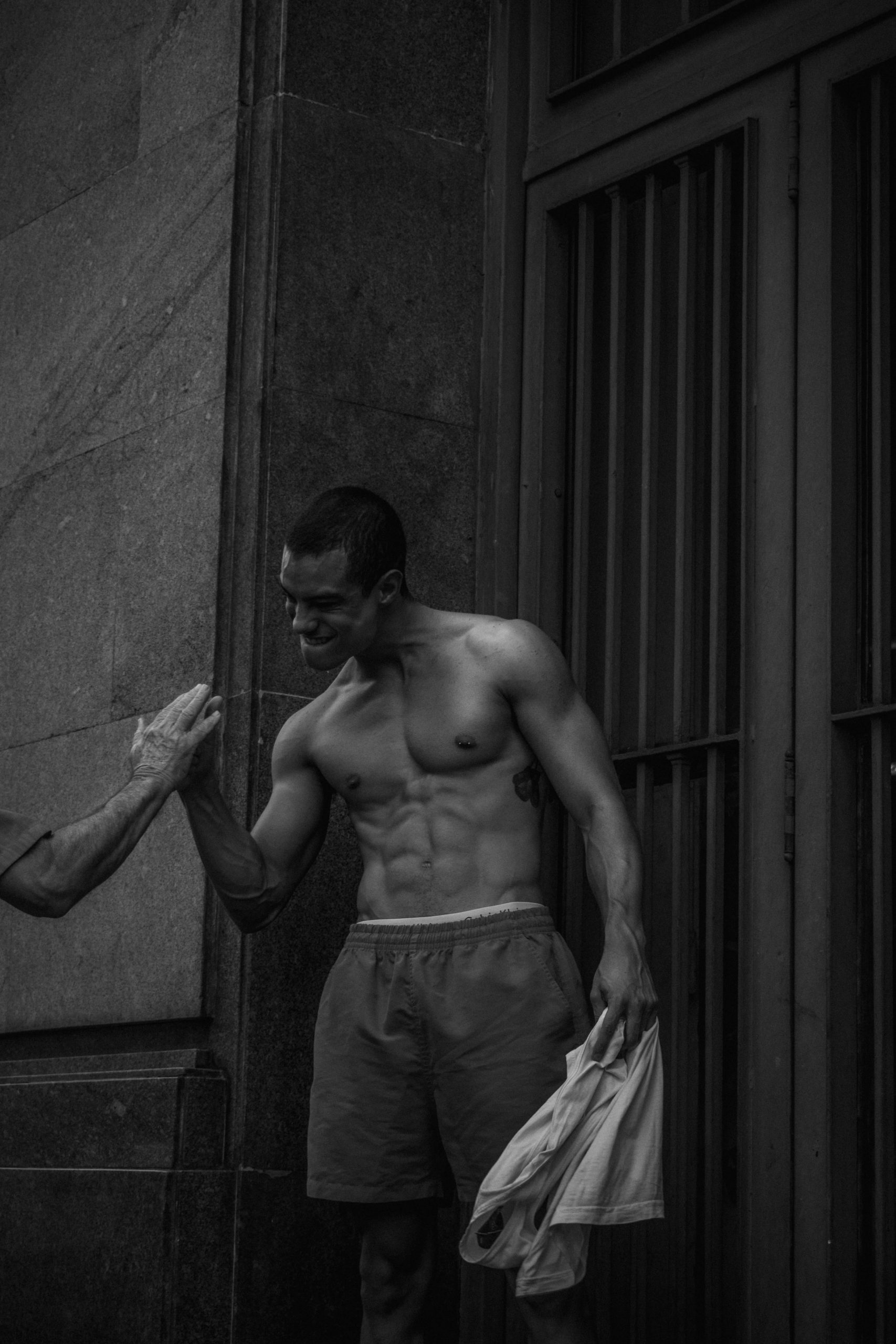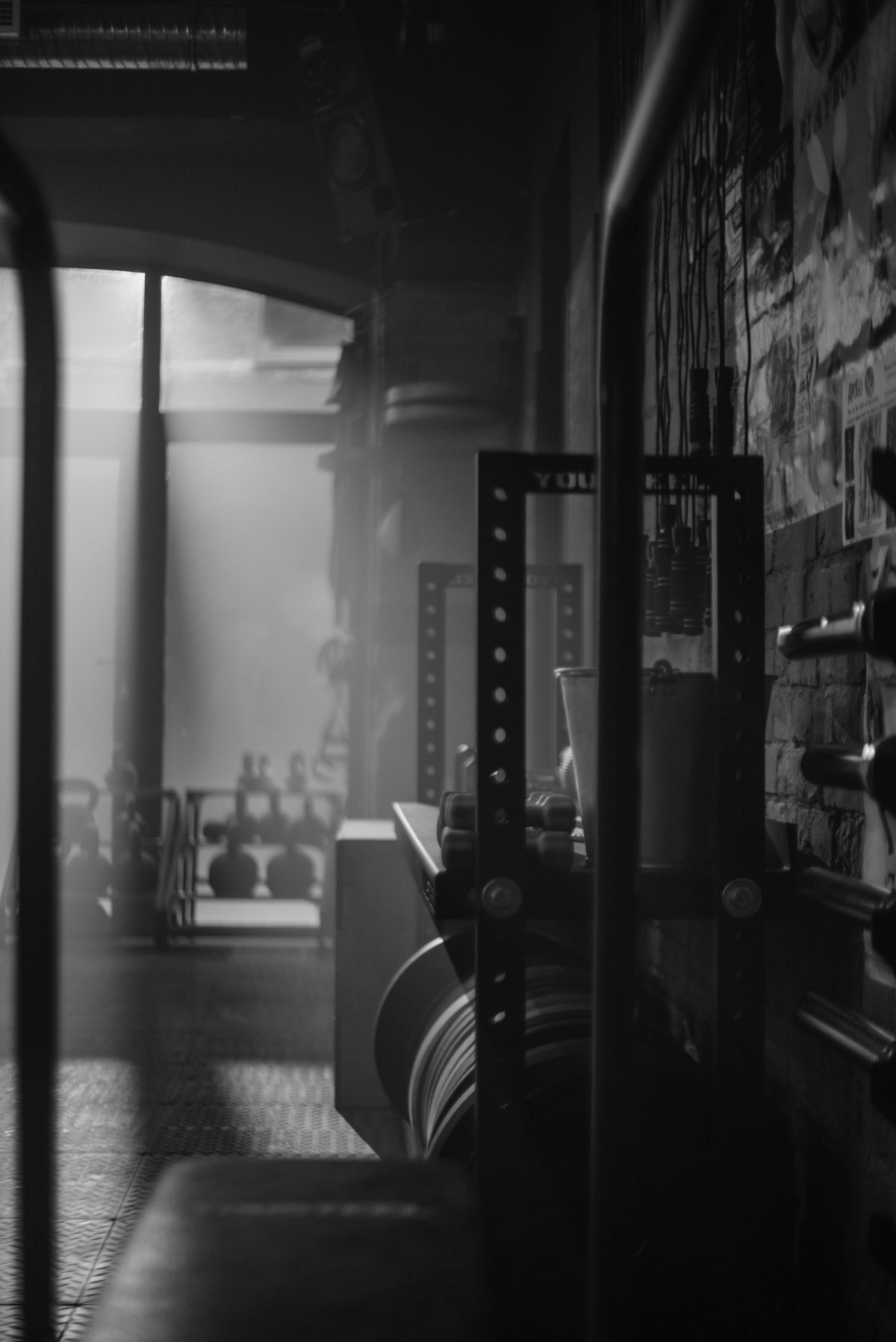Stress is so common that it seems to be a staple part of the modern human experience. Balancing running a household, meeting goals at work, spending time with family, and all your other commitments can be incredibly draining. Many people use fitness and working out as a way to unwind. However, stress affecting fitness can be a big barrier to maintaining a healthy lifestyle.
How does stress impact fitness?
Recent research published in the Journal of Sport and Exercise Psychology suggests that mental fatigue negatively impacts your workouts. Your mind and muscles are both controlled by the same part of the brain. Therefore, getting mentally tired from stress makes your body physically tired too.
Trying to exercise with a fatigued brain can do many things to your workout – and none of them are good. Stress increases muscle tension, which can lead to injury. It can also impact vision, concentration, and make it harder to lose weight and gain muscle. Plus, stress can slow down your workout recovery.
That is, if you make it to the gym at all. You may find your stress affecting fitness in the form of a major demotivator. Those with a high stress lifestyle are around 30% more likely to live a sedentary lifestyle than people with less commitments. It makes sense. After all, if you’ve been stressed out at work all day then you probably just want to crash out and watch Netflix after work, not head to the gym.
How to prevent stress affecting fitness
Right, so now you’re probably thinking okay, fine, I get it. My fitness is being impacted by my stress. But what do you want me to actually do about that?
Of course, the best thing to do is to tackle the root of the problem. Identify what’s stressing you out, and deal with it from the base. However, it’s not really realistic to fully remove all sources of stress from your life. We all have important commitments we can’t just abandon.
Instead, take some time to practise self care. Here are some key things you can do to nurture your mind and body, and minimize stress affecting fitness for you.
Self care tips to help you relax
- Take a vacation. If you can find the time, take a weekend away. Pack a bag and head off, either with loved ones or alone. Okay, international travel isn’t exactly possible right now, but there are so many amazing places in the USA to check out.
- Learn to say no. You may be someone who ends up with extra stress because you just can’t say no to others. If you’re already busy but feel obligated to help out on a school field trip or take on extra work, it’s just going to add to your already full plate. Most of the time, people will be understanding if you’re too busy. Learn to say no when others ask you to do things for them, and say yes to looking after yourself.
- Spend time with people that make you feel good. We all have those special people in our lives that help us feel calm, and others who…well, not so much. Take some time to go spend an afternoon with that family member or old friend who you know always has good advice and positive energy to give.
- Get out in nature. There is a large body of research that suggests spending time outside helps us feel physically and mentally better. For instance, this study shows that runners who work out in parks are significantly happier than those who run in an urban setting. Even if it’s just on your lunch break, get out for a walk and soak up some important vitamin D.
- Do a little self reflection. Taking time to feel your feelings and write them down can have a very calming effect. You could try a journal to process what happened in your day. Or, you can just make simple bullet points of things you feel grateful for. Taking a few moments each day for self reflection can help you learn about yourself, your needs, and your psyche in a positive way.
If none of these are working for you, it probably is time to reassess your commitments. If you let your stress get the better of you for too long, you can get burnt out and may face lasting unwanted effects.
However, with some practice, self care is a great way to keep your mental health in check. In turn, your physical health will benefit. The mind and body are an interconnected system. Make sure you look after both!





